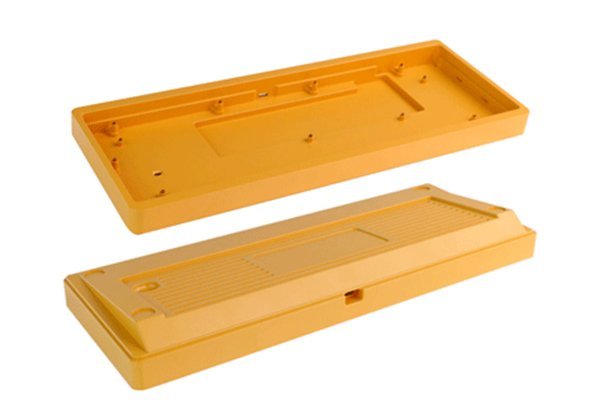Have you ever wondered why some beautifully machined steel components seem to lose their ability to be welded efficiently? In the world of manufacturing, understanding the dynamics of weldability is crucial, especially when dealing with machined steel parts. In fact, studies suggest that up to 60% of welding defects arise from improper handling of the materials involved, especially after CNC machining operations. This staggering statistic highlights the importance of addressing weldability issues to ensure the integrity and performance of manufactured components.
In this comprehensive blog, we will cover the decline of weldability in steel following CNC machining and provide actionable solutions to improve it. By the end, you will have a deeper understanding of how machining processes impact weldability, and you will gain practical insights to prevent these issues from arising in your manufacturing workflow.
Understanding Weldability: Key Principles
Before delving into why weldability declines after machining, it’s important to clarify what weldability means. Weldability refers to the ability of a material to be welded under specific conditions, producing a welded joint that meets the criteria for mechanical strength and ductility.
Two primary factors contribute to the weldability of steels:
Why Weldability Declines After CNC Machining
Several factors contribute to the decline of weldability in machined steel components:
During CNC machining, localized heating can occur at the cutting edge. This thermal exposure can lead to changes in microstructure in the heat-affected zone (HAZ), which can adversely affect the mechanical properties of the base material.
CNC machining generates residual stresses due to uneven heating and cooling rates. These stresses can result in warpage or deformation during welding, leading to defects such as cracking and incomplete fusion.
The machining process can introduce surface contaminants like oils, chips, and oxidation. Such contaminants can significantly impair the quality of the welded joint by compromising the integrity of the weld.
Cutting tools can induce chemical changes on the surface of the steel during CNC machining. The heat generated can cause alloying elements to segregate, affecting the weldability of the steel.
Machining can lead to work hardening or stress-relief conditions that alter the mechanical properties of the steel. This is particularly true for high-strength steels, where hardness levels may increase, making them more prone to cracking under welding conditions.
Solutions to Improve Weldability After CNC Machining
To ensure high-quality welds on machined steel components, the following strategies can be implemented:

A pre-welding heat treatment can relieve residual stresses and modify microstructures that have been adversely affected by CNC machining. Applications of stress-relief annealing can be particularly beneficial for high-carbon steels.
Cleaning the surface of machined steel parts is critical to remove any contaminants. Appropriate cleaning methods include:
Selecting the right welding technique is vital to accommodate the material’s properties affected by machining. Techniques such as TIG, MIG, or submerged arc welding may present different benefits based on the welding position and environment. Additionally, preheating prior to welding can minimize the risk of cracking.
Regulating parameters such as heat input, travel speed, and electrode type during the welding process can be vital in achieving successful welds. Maintaining a consistent heat input helps to control the structure of the weld and can reduce the formation of harmful phases.
Specifying materials with improved weldability characteristics is key. Look for steel grades with controlled chemical compositions and fine-grained microstructures. Conduct regular quality assessments of incoming materials to ensure weldability standards are met.
Lastly, implementing post-weld treatments can improve the mechanical properties and durability of welded joints. Common post-weld treatments include:
Ensuring that welders are well-trained in recognizing how machining affects weldability can help troubleshoot welding problems promptly. Workshops, certifications, or on-the-job training can help to maintain high skill levels in the workforce.
Understanding the reasons behind the decline in weldability after steel CNC machining is essential for manufacturers aiming for high-quality welded components. By implementing controlled processes, conducting thorough cleaning and treatment steps, improving material specifications, and investing in training for skilled professionals, manufacturers can address and mitigate weldability issues effectively.
This blog serves as a foundation for anyone involved in CNC machining and welding, emphasizing the importance of considering how machining affects weldability. A thoughtful approach will not only improve production efficiency but also extend the lifespan and performance of steel components in critical applications. Whether you’re in the automotive, aerospace, or industrial sectors, keeping weldability in mind post-machining is crucial to achieving robust and reliable products.
Your commitment to understanding these intricacies will place you ahead in today’s competitive manufacturing landscape, driving innovation and excellence in all your projects.






